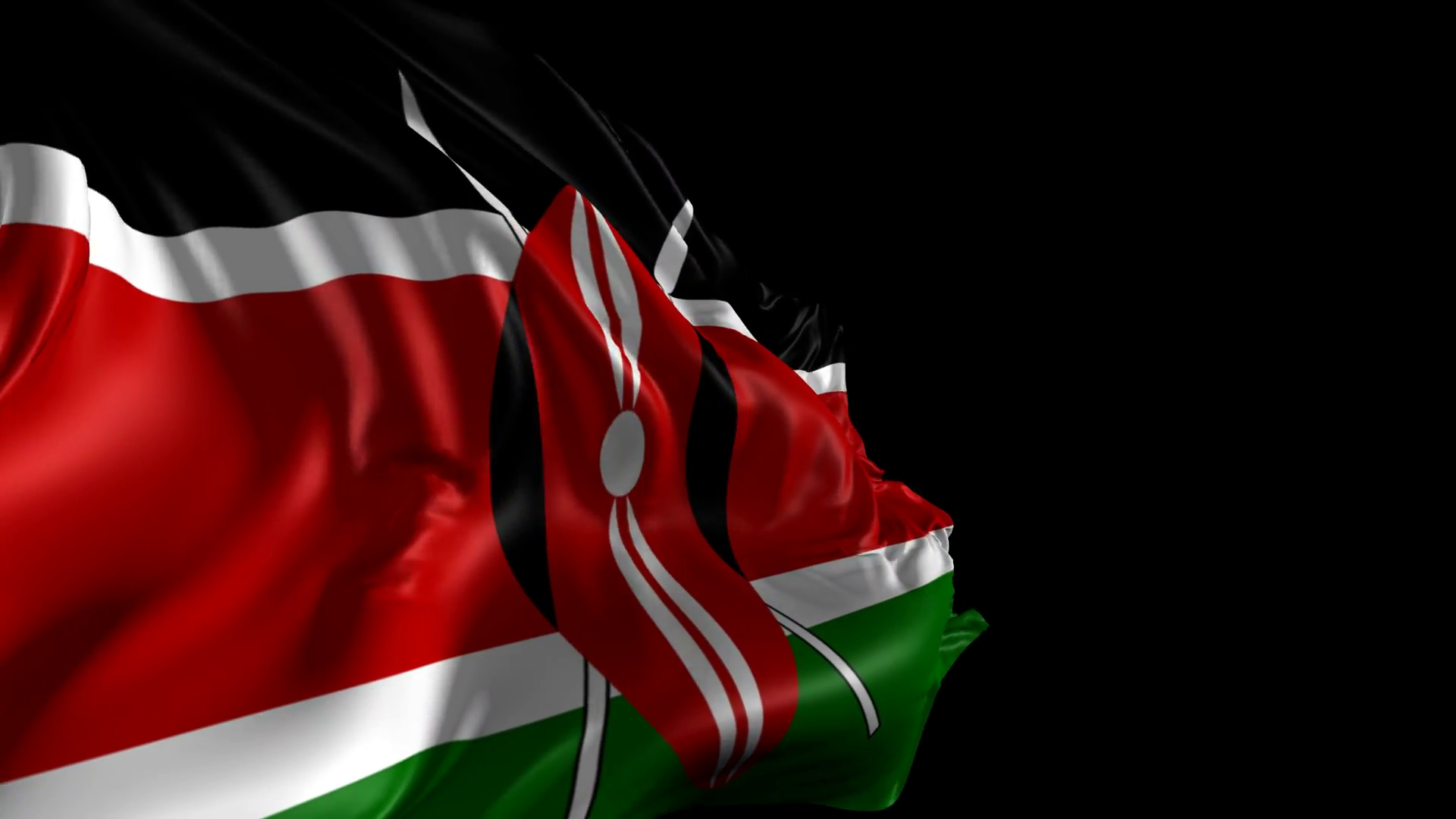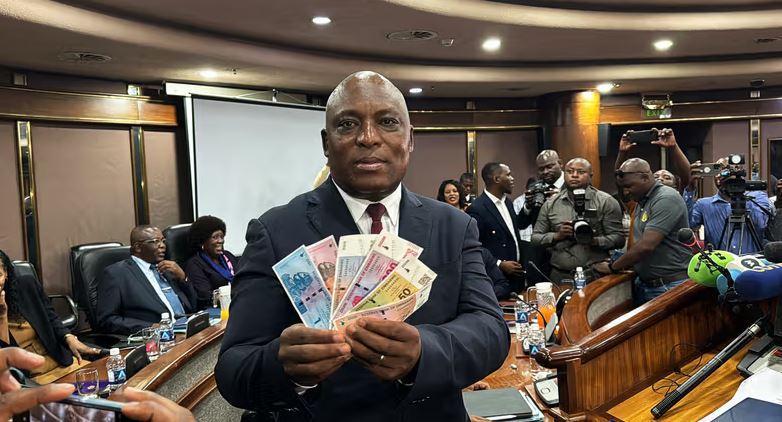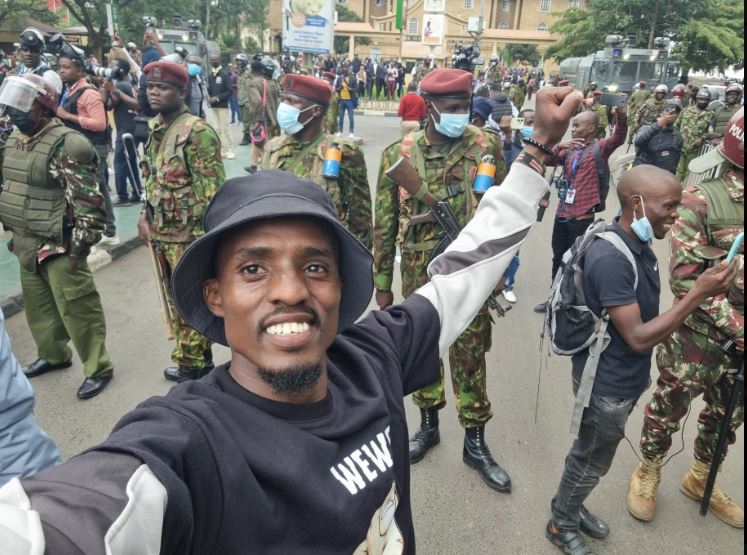When President Uhuru Kenyatta signed the Prevention of Terrorism Act, 2012, his government received criticism from numerous quarters including the governments of the United States, Britain, Germany, and France who warned of the law’s impact in what Al Jazeera called “a rare collective statement“.
It is important that the legislation, while strengthening security, respects human rights and international obligations. Protecting Kenya’s constitution and upholding civil liberties and democracy are among the most effective ways to bolster security.
– Statement by US, Britain, Germany and France envoys to Nairobi.
The law was at that time criticised by human rights groups and nine western countries for its alleged infringement of democratic freedoms. The new law, which gives authorities sweeping powers to crack down on “terror suspects” and curtail press freedoms.
These fears came alive two weeks ago when a controversial blogger; Robert Alai was arrested and charged under this law for publishing images of seven Kenyan police officers who were killed in an improvised explosive device (IED) in Northern Kenya.
In the suit papers, Alai was accused of sharing photos of deceased police officers on Whatsapp with the intention of helping the al Shabaab militants.
The law the blogger was charged with has several controversial clauses which includes Section 19 of the same Act that provides that:
A person who, knowing or having reasonable cause to suspect that an officer is conducting an investigation under this Act, discloses to another person anything which is likely to prejudice the investigation, or interferes with material which is relevant to the investigation, commits an offence and is liable, on conviction, to imprisonment for a term not exceeding twenty years.
This section of the law indirectly prohibits publication of any information relating to terrorist activities without the express permission of the police, thereby infringing on freedom of expression as enshrined in the Kenyan constitution.
Even though Alai was the first Kenyan to be charged under this law for publishing information relating to terrorist activities, there has been a consistent attempt by the state to limit the flow of information relating to terrorist activities with the aim of shielding the government and security operatives from being accountable for their actions or lack thereof.
In January this year, A New York Times article by its East Africa bureau chief, Kimiko de Freytas-Tamura, showed the aftermath of the attack, including images of wounded people and dead bodies. The Kenyan government reacted by threatening foreign journalists working in Kenya with arrests under the same law if they published photos of the attack without approval from security agencies.
The New York Times justified their use of the said photos in an article published the following day. In the article, they say using such photos allows them to start national and global discussions on security, foreign relations and gun control among other issues.
We believe that our coverage contributes to national and global discussions on national security, foreign policy, America’s role in international conflicts, gun violence and terror. If we shy away from showing the real consequences of some of these policies, then we are doing our readers, and even those who make some of these policy decisions, a disservice.
-New York Times, January 17th 2019.
The existence of this law has seen a significant reduction in editorial coverage of terrorism and terrorism-related stories by Kenyan press. Unlike other parts of the world where journalists can freely question decisions by their governments regarding the war on terror, the official government position is often published in Kenya as absolute truth.
The Kenyan Defence Forces (KDF) have for instance been in Somalia fighting the al Shabaab militia since 2011. Initially, they crossed the border to rescue foreign tourists who had been kidnapped by the al Shabab but were later incorporated into the Africa Union Mission in Somalia (AMISOM).
Kenyans, however, have no idea what it’s costing the taxpayer to keep our soldiers in Somalia despite the fact that we have seen more terrorist attacks in the country since the soldiers entered Somalia than there were before that. While it’s in the public domain that Kenya military spending stood at $ 1.07 billion in 2019, it’s not clear how much of this went to the Kenyan forces in Somalia either directly or as contributions to AMISOM.
In 2015, a report by Journalists for Justice (JFJ), which conducted the study on the conduct of the KDF, named the Kenya military, the Jubaland administration of Ahmed Madobe and Al-Shabaab as the beneficiaries of shares in a trade worth between $200 million and $400 million. The report titled ‘Black and White, Kenya’s Criminal Racket in Somalia’ exposed how top KDF commanders colluded with Jubaland administrators and al Shabaab militia in a syndicate that smuggled sugar into Somalia and Kenya and charcoal from the port city of Kismayu to Dubai. This report received little coverage in the Kenyan press with no real pressure on the Kenyan government to take action on named officials.
Kenyans are also unable to question why we have soldiers in Somalia under AMISOM despite having an active territorial dispute with Somalia which constitutes a conflict of interest.
A Nairobi court on Tuesday released Alai on a $ 5,000 cash bail after being in custody for 14 days.
While the issue of posting photos of civilian and military victims of terrorist attacks remains as an ethical concern, the existence of laws such as this serve to leave the state and it’s security organs with so much unchecked power. Powe that in most cases ends up being misused.



